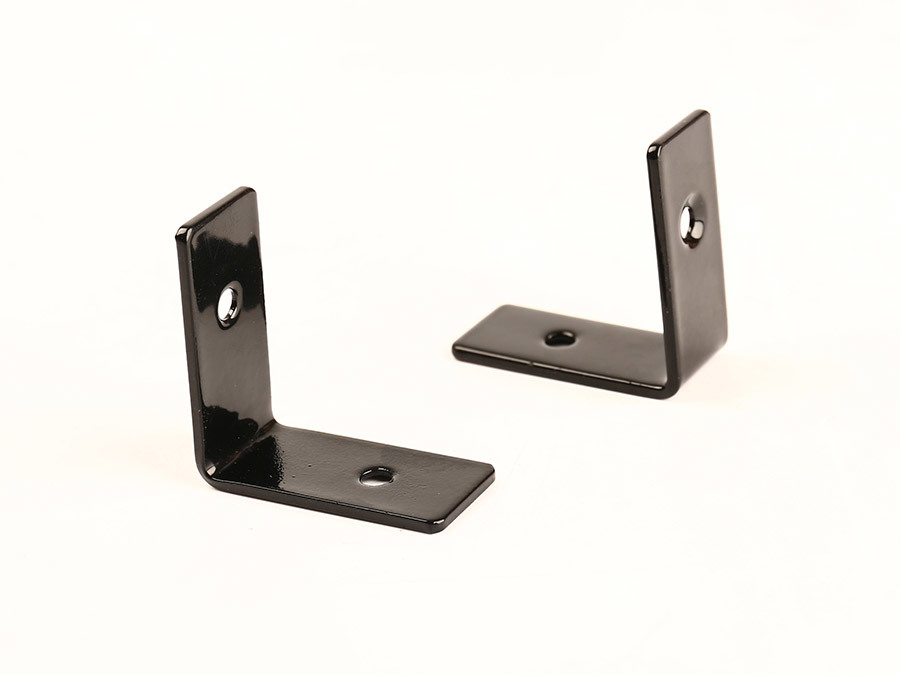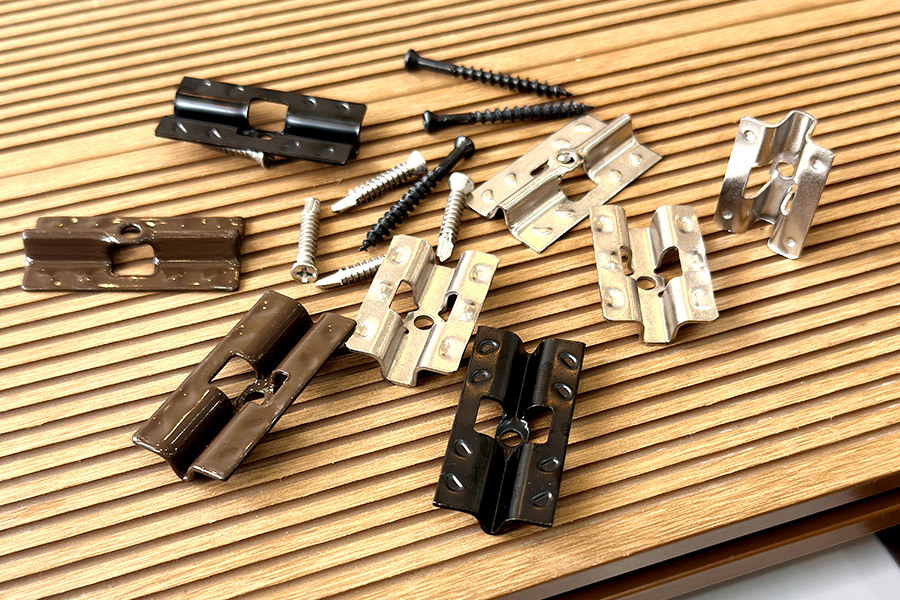Metal surface polishing treatment
Release Date:
28 Jul,2022
Polishing is generally used for the finishing of the coating after plating, and can also be used for the pre-processing of the pre-plated parts. It is carried out on a polishing machine equipped with a polishing wheel. The purpose of polishing is to improve the smoothness of the product, so that the product can obtain a decorative appearance, improve the corrosion resistance of the product, and further remove the fine unevenness of the surface of the product.

Polishing process for metal surface treatment
Polishing is generally used for the finishing of the coating after plating, and can also be used for the pre-processing of the pre-plated parts. It is carried out on a polishing machine equipped with a polishing wheel. The purpose of polishing is to improve the smoothness of the product, so that the product can obtain a decorative appearance, improve the corrosion resistance of the product, and further remove the fine unevenness of the surface of the product.
Regarding the principle of polishing, it is generally believed that when the polishing wheel rotates at high speed, the friction between the workpiece and the cloth wheel produces high temperature, which is the plastic improvement of the metal. Under the action of the polishing force, the metal surface produces plastic deformation, and the convex part is pressed into And flow, the concave part is filled, so that the slightly uneven surface is further improved. At the same time, the chemical composition of the polishing paste and the surrounding medium also play a role. In the polishing process, the metal often has a certain chemical reaction with the surrounding medium, which affects the polishing speed. For example, the polishing rate is reduced in a hydrogen medium; the polishing rate is increased in a hydrogen sulfide gas.
In most metals are easy to form a layer of oxide film. This process is usually completed in a very short time (0.05s), and the film is very thin (0.0014um thick). Therefore, when the metal surface is polished, the oxide film layer of the metal is essentially thrown down. After the film is thrown away, the new metal surface is rapidly oxidized and then thrown away; this is repeated polishing, and finally a glossy, smooth polished surface can be obtained.
Obviously, in order to carry out polishing successfully, it is necessary to correctly select the peripheral speed of the polishing wheel. Usually, the peripheral speed of the polishing wheel is slightly higher than the peripheral speed of the grinding wheel. According to experience, for different materials and parts, the circumferential speed requirements when polishing are different. Generally in the rough polishing, can choose a larger circumferential speed, fine polishing can choose a smaller circumferential speed.
The materials used in the production of polishing wheels are various cotton, fine felt, leather, etc., and the cloth wheels made of existing special paper (such as red pine wood pulp crepe paper) have also been widely used. The hardness of the polishing wheel is determined by the distance of the suture line. The smaller the distance of the suture line, the greater the hardness of the polishing wheel. In addition, the hardness is also related to the type of polishing wheel cloth.
keywords:
Previous Page:



